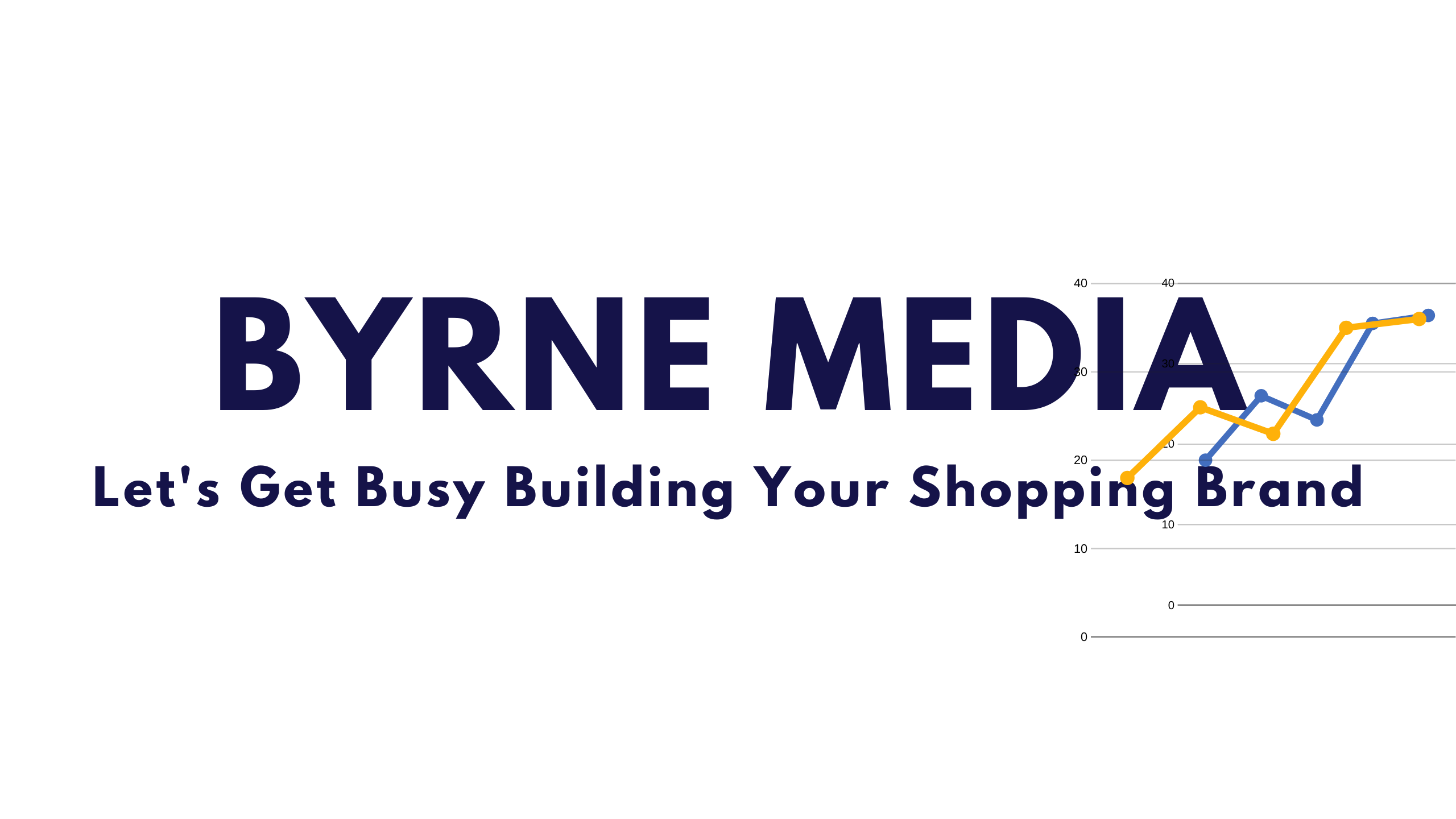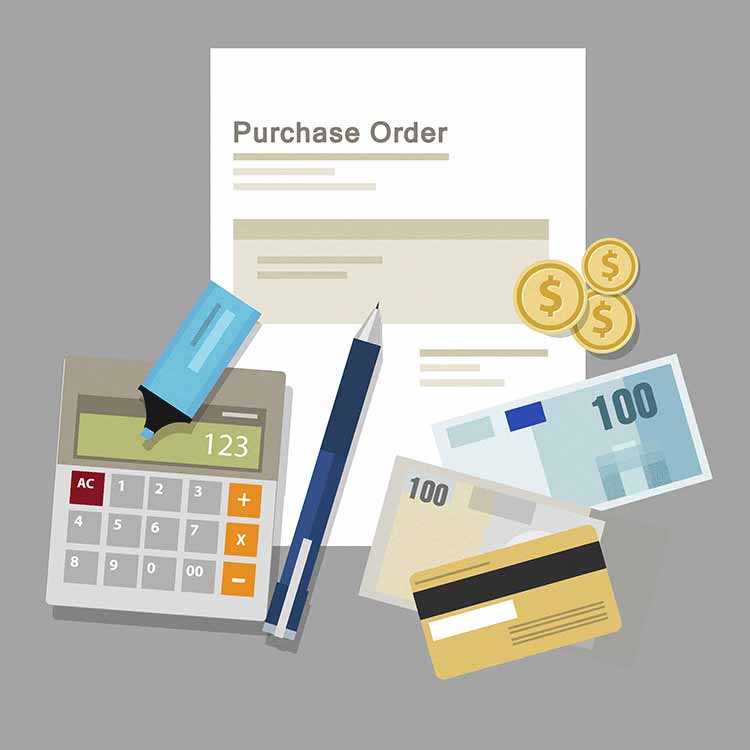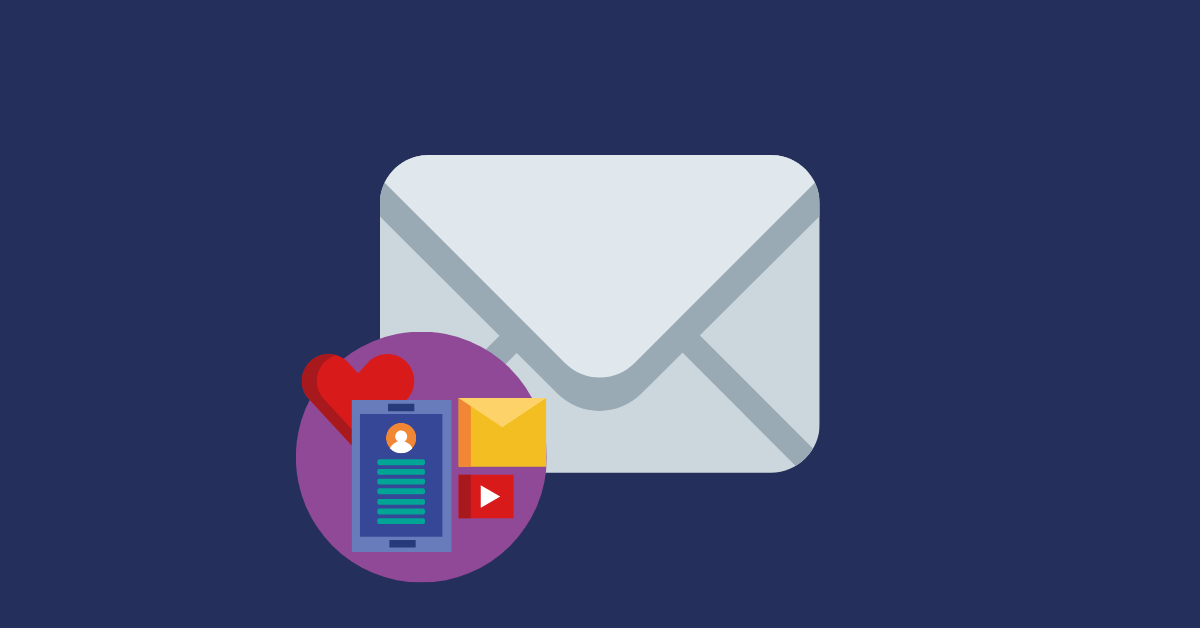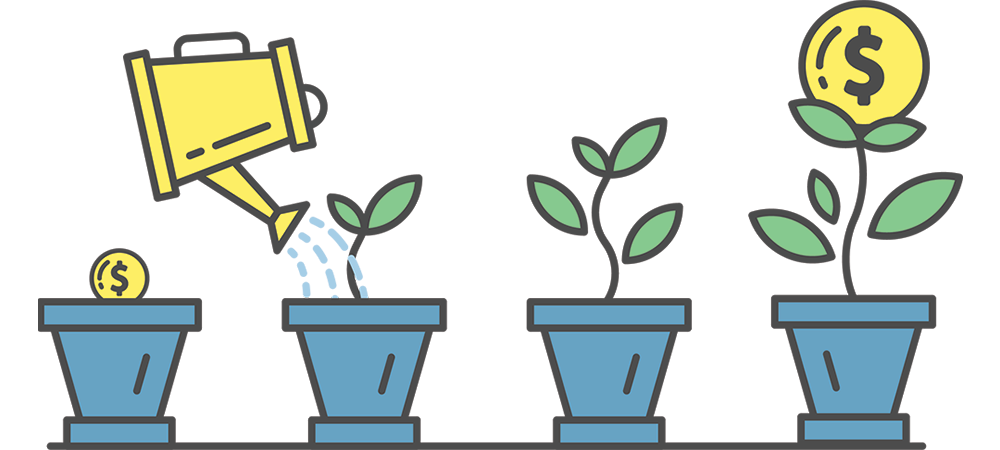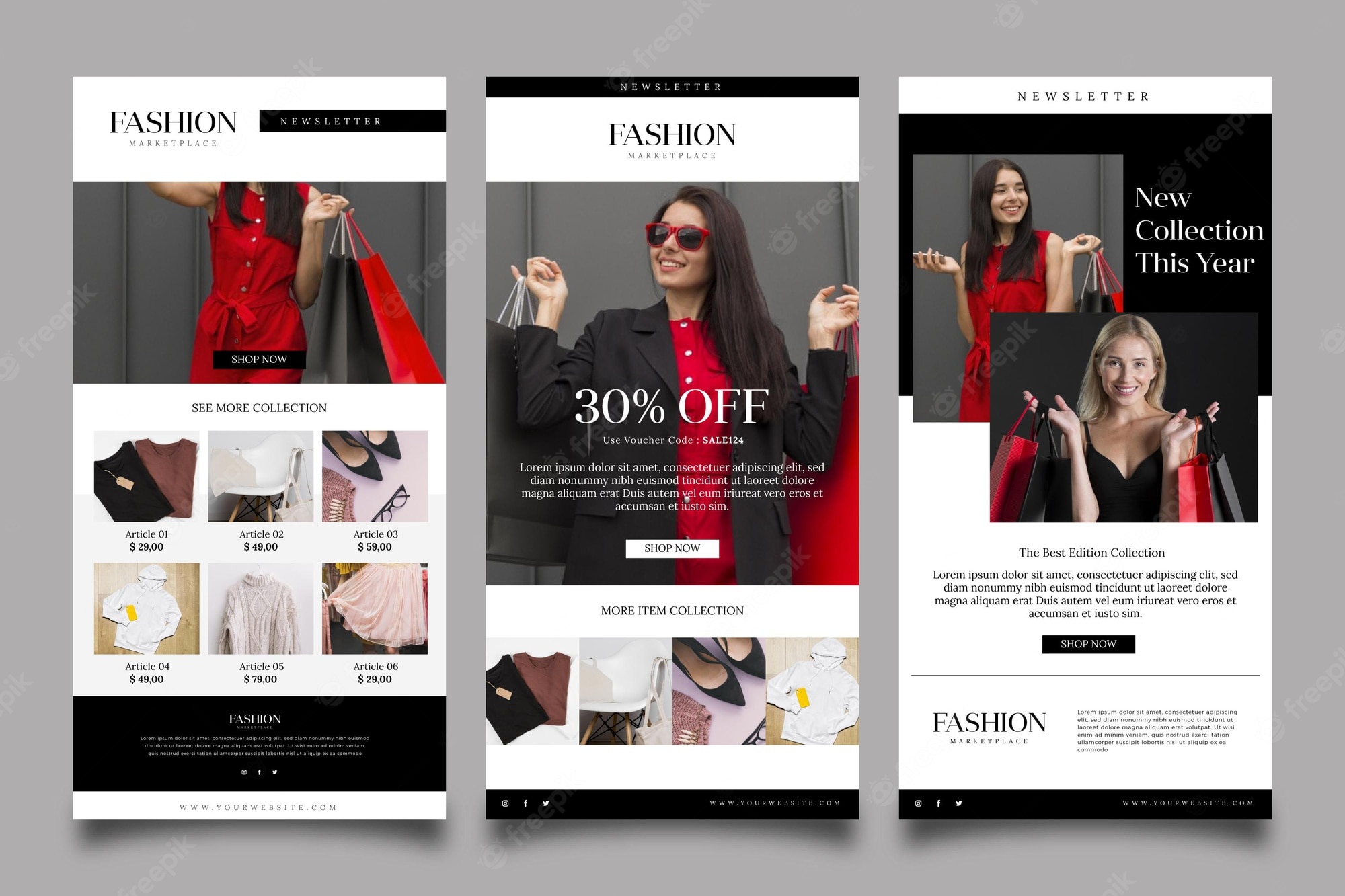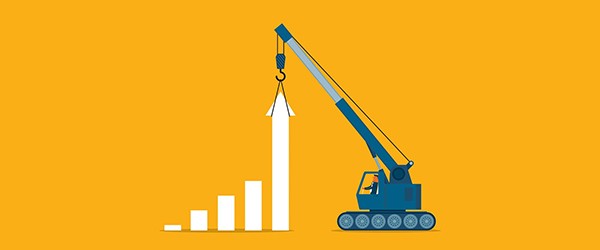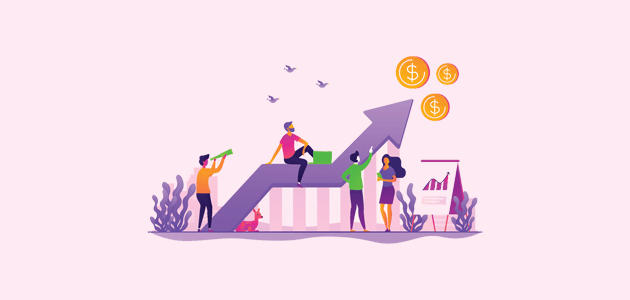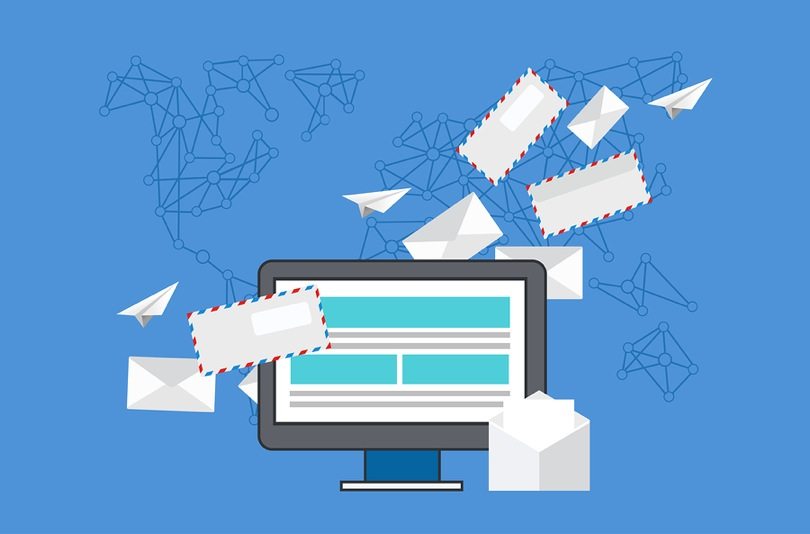
I get asked by brand owners and marketing managers about email marketing and the different types of email flows and campaigns an ecommerce store should be putting in place to generate more sales.
So in today’s post, I want to talk about the sequences you can use to generate sales from your email marketing. Email marketing is a fantastic retargeting and communication channel to use. It’s personal and very effective to engage with your customers.
Lets dive straight into it…
Sequence #1 – Cart Abandonment
I’ve spoken about this in previous presentations. Cart Abandonment is a serious problem. Unfortunately you can’t recover all shopping cart abandonment. The fact is that the overwhelming majority of shopping carts are going to be abandoned.
With this knowledge at hand, you need to have a sequence in place that gets people focused back on their shopping cart and completing their purchase.
The Baymard Institute has stated, as much as 70% of shopping carts are abandoned.
If all you did was capture 10% of those sales, how much money would that add to your business?
Some business owners think, “If people are abandoning the cart, they just don’t want my product”. I believe this to be untrue because if people are micro-committed to clicking that “add to cart” button, they are expressing an intent to buy.
The fact is that distractions happen during the close of a sale online. The customer may have a problem checking out, there could be some technical difficulties, they may just be window shopping, their phone rings or the kids are calling them.
It could also be the case that they got turned off by additional fees such as taxes and shipping. Or the site asked them to sign up in order to complete their purchase.
What you need to do is start implementing an abandoned cart email sequence to start recovering those lost sales. Even with just a three to six email sequence, you’d be amazed by how powerful that can be.
Many marketers believe that – “If we send the first cart abandonment email and they didn’t buy, they don’t want what we are offering.”
That’s not the case at all.
By sending that second email the next day and the third email the day after that and so on and so forth, you can capture as much as 30%-50% more sales just by having those two follow-ups.
The fortune is always in the follow up and you need to have persistence in order to acquire people’s attention again.
Here’s an example email sequence you could implement over a 5-7 day period:
- Send them a gentle reminder to complete their checkout process.
- Talk about the outcome of the product and the impact it will have on the customer. Keep it very personal and conversational.
- Tell them more about your brand/identity and what your mission is. At the same time give them a gentle nudge to complete their purchase.
- Send over a 10-15% discount with some scarcity to help push them across the line
- Good time to show social proof/reviews and also mention that the coupon/discount is going expire soon…
- Increase the discount to 20% telling them how much you want to get this product in their hands.
- Again, send them a reminder that their coupon will expire soon and address any questions or queries they might have.
Sequence #2 – Browse Abandonment
Here we talk about visitors who are browsing your store online, but abandon after some time to view something else on the internet.
What the browse abandonment sequence does is simply follow up with someone if they look at an item but don’t add it to their cart.
Sometimes people just need a little bit of a gentle reminder. It’s all about connecting with your prospects and customers with multiple touch points in order to encourage them further down your sales funnel.
This should be a three part email sequence that’s nice and simple. We just follow up with these people.
Bare in mind that you won’t encourage 100% of these people to buy. They are in “browse mode” and haven’t exactly come to a conclusion on purchasing from your brand.
Even if you’re only getting 2% to 4% of people to purchase through that sequence, out of 500 people, if 10 people buy an average order value of $50 (which can happen every single day), it’s $500 a day.
These small increments in sales add up over the course of the month and with the cart abandonment sequence in place, the numbers can definitely get interesting.
The browse abandonment recovers sales by providing a gentle nudge to those visitors. All you have to do is just show the product in the email, pulling it in dynamically for each person.
You basically say,
“Hey, we see you check out product x and we’re wondering if you had any questions? Were you interested in this?” And enough people will actually say “Yes, actually, I was. Thanks for reminding me,” and then they buy it.
If you can stack value for your products, be sure to mention it in the email. Maybe you can offer free shipping, or a free sample gift, entry into a giveaway etc. Get creative with stacking value.
Sequence #3 – Welcome Series

The goal of the welcome sequence is to introduce yourself as a brand, warm up your audience by showing the value you can bring to their lives. Explaining the type of outcomes that are addressed with your brand and get people to make that first purchase.
You can also share success stories and testimonials from customers as well as pointing to educational content on your blog. Educating your audience is a fantastic way to build trust, rapport and respect.
All these angles help to develop and nurture your brand’s relationship with your audience. Deliver as much value as possible and you’ll win more customers and build out higher levels of life time value over the duration of your customers time with your brand.
Some brands will offer a 10% or 20% off coupon if you join their email list. You then get put you into their welcome sequence.You want to get them to use that coupon code, but not everyone is ready to buy.You want to get them to use that coupon code, but not everyone is ready to buy.
The sequence below gives you the opportunity to build a strong bond with your customers, as well as increase their trust and loyalty towards your brand.
Here’s a basic structure of this sequence:
● Email 1 – Provide value/discount they signed up for along with a little introduction to the value you are offering as a brand.
● Email 2 – Go more in depth about who you are and tell your story. Explain why you’re different
● Email 3 – Frame the problem or desires of your target market and show how other companies are different, and how you help to create a desired need or eradicate a pain point.
● Email 4 – Share a success story/case study/testimonial
● Email 5 – Share a success story/case study/testimonial
● Email 6 – Value add (content works well)
● Email 7 – Value add + pitch
Sequence #4 – The Order Confirmation Email
This is the email that a customer receives when they have completed their order. These emails get pretty high open rates. On average they get a 50-90% open rate. This is because customers want to know their transaction has been acknowledged and the transaction is living up to their expectations.
Order confirmation emails build more trust with your customers and convey a reliable customer experience. These emails might not be your highest performing in terms of revenue generated, but they can give an opportunity to upsell or cross sell other products in your catalogue.
Apart from the transaction ID, name of the product, tracking number and your support email, why not use a little excitement and fun copy in the order confirmation email. You can tell them how happy you are that they’ve purchased from your brand. Set expectations by explaining that your team is at this very moment fulfilling their order and that it’s due to be shipped out in X amount of time.
As mentioned previously, you can also present more offers as a way of upselling or cross selling your customer. You can even keep them engaged with your brand by linking out to trending content on your site.
An example of this would be…
Black Friday is approaching and you have a piece of blog content that lists the top 10 products that will be for sale during this period. You can break down each product and explain why it’s ranked in the list. For each listed product you can mention the price, the benefits, the desired outcomes, the problem it solves along with any other value you can stack to really peek your audience’s interest.
Blog content like this will nurture your audience into paying more attention to other emails from your brand and get them excited about the irresistible offers you will have on the horizon.
Once customers order and read an email similar to the ideas mentioned, there’s a much higher chance they’ll keep coming back to buy again.
Sequence #5 – Pre-Shipping Email
Send this email either immediately or a few hours after a customer buys. This is your opportunity to generate more revenue by upselling your customer before the order is about to be shipped out.
With the “Pre-Shipping” email, you can say something along the lines of…
“Hey, we at “brand name” just wanted to say a BIG thank you for your order. Just so you know, we’re fulfilling your order right now. Before we ship your order out, would you like us to throw in UPSELL? UPSELL will make your order more POWERFUL/QUICKER/STRONGER/MORECONVENIENT/GETEVENBETTER RESULTS/TAKEAWAYMOREPAIN/ENHANCEPLEASURE”
You can even ask them if they want to buy a cross sell item accessory product or something that complements the original product better. The great thing about this type of email is that the customer is hovering around buying mode because they have recently purchased, so its a good opportunity to increase the average order value.
Getting two to four sales a day from this sequence at an AOV of $50 adds up to $100 to $200 extra daily revenue.
Even if it’s only $100 a day in extra revenue, that’s $36,500 a year at a minimum… on the low end from a simple “Pre-Shipping” email.
Sequence #6 – Post-Purchase Review Email
One thing I am a big advocate of, is showing off social proof. This is typically in the form of reviews, testimonials or leveraging authority from other brands in the marketplace. Gathering reviews provides incredible social proof. It also builds out trust, authority, respect and credibility.
I read a statistic that 80% or 90% of people will read reviews before they make a buying decision about something online. People always like to get the opinion and recommendation from others that are going through the same pain point or desired need. They want to get someone else’s opinion to support their own decision of making a purchase. This is even more so when the product at hand is considered high ticket.
As a brand, you need to find a way to incentivize people to include those reviews.
So here are a few suggestions to help you build out that social proof.
Once they’ve had a chance to not only receive the product but also to use it, try sending out an automated post-purchase email after a certain amount of time passes.
In this email, you want to ask them what they think about the product they purchased. What was their experience of dealing with you as a brand. You can incentivize these people to get them to respond.
An easy way to do this is to say,
“Hey, leave us a review. We’ll give you X percent off towards your next purchase.”
You’ll get a number of people to not only leave their reviews and feedback but they’ll also end up making a second or third purchase because of it.
Sequence #7 – The VIP Sequence
I’m sure you’ve heard about the pareto principle. When explaining the pareto principle in business, we say that 20% of your customers are accounting for 80% of your revenue generated.
Your VIP customers (the top 10%), may indeed account for about 50% of your revenue if not more. The top 10% of your customer base is your most valuable customers. These are people who spend the most money with your brand. These people come back and purchase from you repeatedly over time.
Make these customers feel special. Encourage and reward their loyalty and thank them for supporting your brand. Take this a step further by asking them their opinion on how to make your brand better by filling out a short survey and incentivizing those that complete the survey.
The VIPs are the customers who’ve purchased more than at least 3 times or have spent a certain amount of money on your store. They are not the lead or customer who hasn’t opened your emails in the past 60/90 days.
Out of all the people in your customer base, your VIPs are the people who will MOST LIKELY buy and spend more.
Sequence #8 – Cross-Sell & Up-Sell Automations
It’s a great achievement when you have a customer who has purchased from your brand. You’ve done enough persuasion and created a lot of value to have this valued person complete a purchase.
However your job doesn’t stop there. After someone has bought from your brand, there’s always a time when they might want to buy again, and there are various ways to make this next purchase happen.
Let’s say for example your brand sells consumables (A product that needs to be replenished regularly because they wear out or are used up). One of your customers has almost run out of their face cream or finished their case of wine bottles (whatever the consumable is).
Let’s imagine the stock they purchased is for a 30-day supply. So maybe on day 20 or 21 after they’ve received it, once their 30 day supply is almost emptied, we’ll send this customer an email to get them to purchase more wine.
Or what about sending an email that cross sells or even upsells other items from your store?
If your customer bought a dress for casual wear, why not send them an email to help them complete this casual look? Perhaps you can recommend a pair of shoes, bag or hat to go with the dress they originally bought?
Think about what you can do to enhance the end result for the customer on their original item. How can you deliver an even better outcome? You need to play to their ego (wants desires/pain points)
Be the expert advisor on how to enhance their wants and needs and guide them into making another purchasing decision. Stack value if need be to increase the sales conversion rate.
Sequence #9 – Win-Back Sequence
The last email sequence we’ll talk about today is the “Win-Back Sequence”
This type of sequence usually comes in two forms.
- Winning back subscribers who are not engaging with your emails. For example they have not opened emails in the last 60-90 days.
- Engaging with customers who have not bought from your store in a long time.
We’ll focus on number two today because this post is all about direct revenue generation via email sequence.
So… lets say this group of customers have not bought from you in the last 30 to 90 days. It could even be longer, depending on the sales cycle or how long the supply of your product(s) lasts.
This may not be your most profitable sequence. Simply because this audience in your database has demonstrated they might not want your offer(s) as much as you’d like. This is one of the sequences that gets triggered by a customer that’s NOT pursuing our brand’s desired action which is of course… a customer making a purchase.
This audience in our database hasn’t bought for sometime, so we want to give them an incentive to come back and place an order. We want to re-engage this customer and channel them back into our brand.
Some of the ideas you can use would be doing some kind of deadline-driven promotion over a period of 24-48 hours. Or you can make the discount a little bit bigger each time you send the promotional email to this audience.
Send one email at 30 days, offer a discount, and try to get them to buy. If they don’t buy, send another email at 60 days, offer a slightly bigger discount, and try to get them to buy. Find other ways of stacking value so that your offer becomes irresistible.
If they don’t buy from that one, send them one at 90 days and offer the biggest discount yet.. Again considering the idea of value stacking.
I personally wouldn’t go past this mark of further discounting or value stacking. If they are opening up these emails and continue to not complete a purchase, it’s time to archive them to your unengaged list and focus only on the better quality customers who are actually bringing in value to the brand without having to beg for an exchange of value.
Archiving this audience will help you focus on valued customers, reduce stress, increase your email deliverability rate and develop more revenue for your brand as you focus on better quality customers.
There could be a myriad of reasons why these audiences don’t buy. One reason might be because they were enticed by a heavy discount you offered and that attracts cheap customers that don’t see the value in your brand unless it’s heavily discounted.
You determine what you want to do with those people. Transfer them to an unengaged list or continue to market to them. I would add them to an unengaged list.
